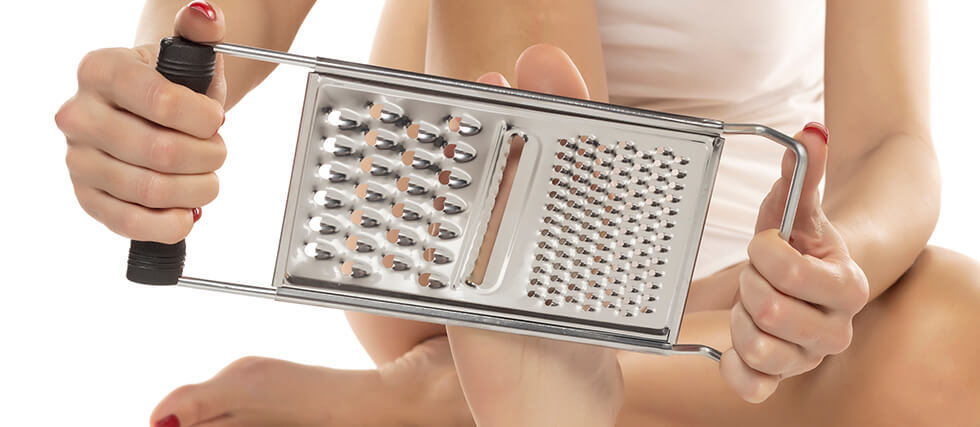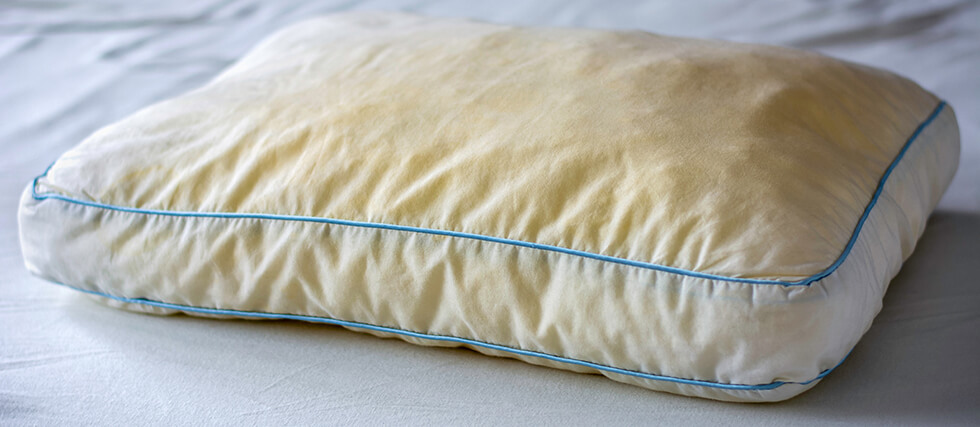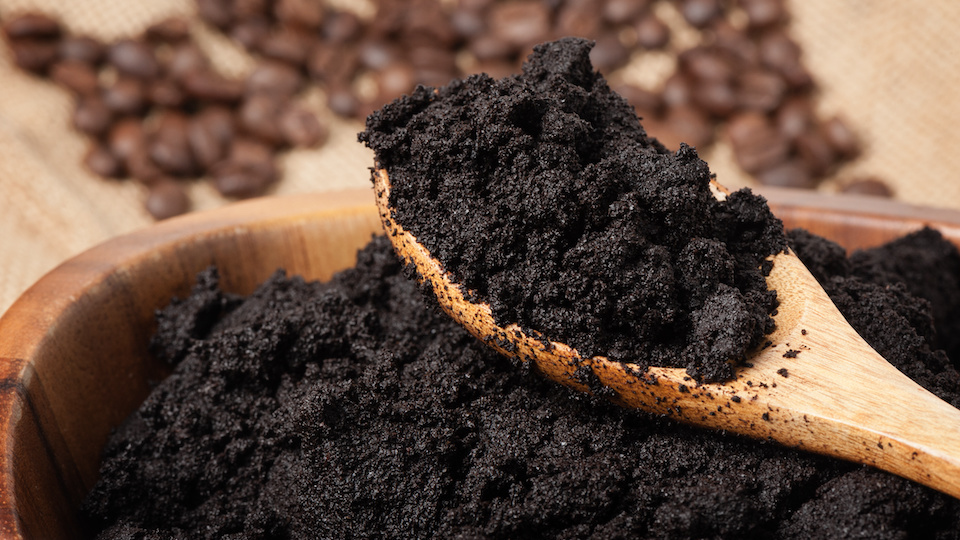Stop Using These Items to Scrape Foot Skin – Do This Instead
When it comes to removing dead skin or calluses from your feet, it can be tempting to grab whatever tool is handy. But using the wrong thing can do serious damage.
One of the worst choices is a razor or blade. While shaving thick skin may seem like a quick fix, it’s incredibly risky. Razors can cut too deeply into the skin, leading to bleeding, infection, or permanent damage—especially if you’re doing it yourself without proper training.
Similarly, avoid cheese grater-style foot files. Though marketed for removing calluses, these aggressive tools can remove too much skin too quickly, often unevenly. This can result in irritation, soreness, and even make the skin grow back thicker as a defense mechanism.
Metal scrapers are another no-go. While they might seem effective, they’re hard to control and can easily damage healthy skin. Plus, if they’re not properly sanitized, they can harbor bacteria that lead to infection.
Some people even reach for sandpaper or hardware tools from the garage—but these are designed for wood, not skin. Using rough or non-sterile tools can cause abrasions orsplinters and introduce harmful germs.
Instead, choose safer alternatives. Gentle tools like pumice stones, soft foot files, and exfoliating scrubs are much better for your skin. Always soak your feet first to soften the dead skin, then exfoliate gently, and follow up with a moisturizer. Harsh scraping doesn’t equal better results—in fact, it often makes things worse. Healthy skin requires a gentle, consistent routine.
Your feet carry you through a lot; treat them with care and avoid the temptation to overdo it with tools that were never meant for skin.




